How to Buy Cheap Refurbished Tech
Find out what refurbished means, where you can buy refurbished devices, and see how buying refurbished tech can save you money on your next purchase.
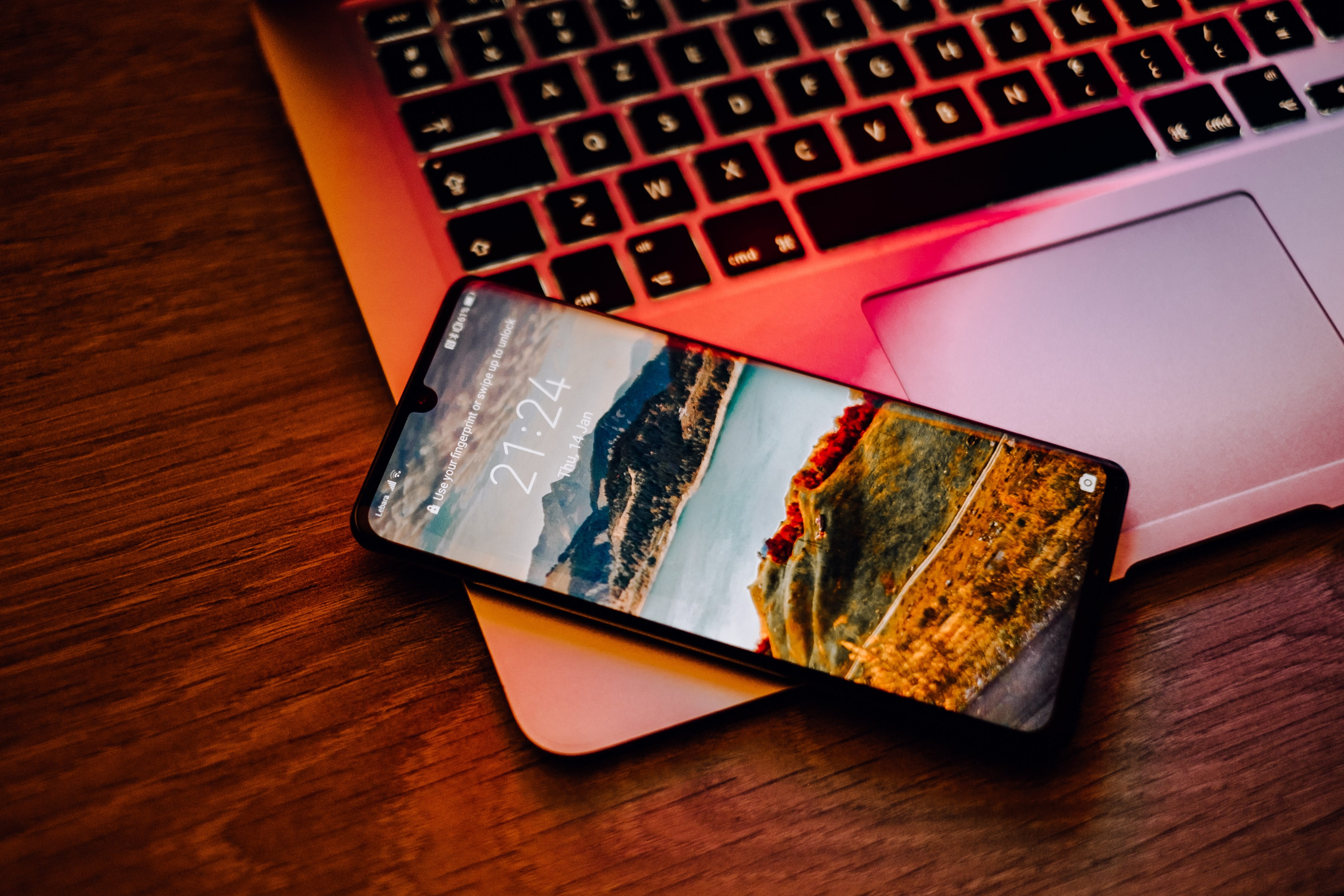
- What does refurbished mean?
- What devices can you buy refurbished?
- Are refurbished devices good?
- Refurbished Grades
- What do these grades mean?
- Are refurbished devices cheaper?
- Where can I buy refurbished tech?
- How to get cheap refurbished tech
- What should I look for when buying refurbished devices?
- Look up your specifications
- Know your refurbished grades
- Check your prices
- Avoid sold as seen
- Check the return policy
- Refurbished devices: not so scary after all!

Refurbished devices have taken the tech industry by storm, and their sale and purchase are becoming increasingly popular worldwide. Buying refurbished devices has many benefits for both consumers and the tech industry. Their sale has environmental benefits, such as reducing the production of electronic waste and the consumption of materials.
It also reduces the effects of seasonal purchasing, which tends to occur whenever a newer model is released. This trend has quickly become the norm in the modern tech industry and further contributes to waste production & resource depletion. However, the biggest draw when you buy refurbished devices is the significant savings on brand-new gadgets.
The UK is no stranger to buying refurbished technology. Millions of Brits consider buying refurbished smartphones, with affordability and sustainability being the biggest factors. Many of the country’s largest consumer advice publications have written detailed articles on the topic too: one quick Google and you’ll find the likes of Money Saving Expert telling readers how to shop for refurbished phones or Which? Offering tips for buying refurbished laptops.
So, what does buying a refurbished device mean? We’ll explain which devices different retailers sell and the best ways to save money when buying refurbished ones.
What does refurbished mean?
If a device is marked as refurbished, that means it’s a second-hand device that’s undergone restoration or repairs. Depending on the state of the device, the scale of the work carried out can vary from minor cosmetic touch-ups to total parts replacement & repairs.
To make matters even more complicated, the definition of refurbished varies considerably depending on who you ask. Some retailers will only sell devices they class as ‘Like New’ under the refurbished moniker. Others, like Apple, include open-box returns under the same label. This means customers can buy brand-new devices for lower prices simply because they’re in damaged packaging.
We’ve also seen discontinued lines come under the ‘refurbished’ umbrella. Discontinued devices are models that aren’t being produced or supported by the manufacturer, but are technically as good as new. Some of the world’s largest retailers have gotten on board with this idea. Amazon sells refurbished devices through two separate refurbished device sites, with customer returns sold through Amazon Warehouse, and unused but discontinued models sold separately through Amazon Refurb.
This muddies the waters even further. As some retailers such as Currys simply consign discontinued stock to clearance sections or outlets. Although it used to refer to second-hand devices that have undergone a few repairs, the term ‘refurbished’ can refer to all kinds of tech. It covers both unboxed returns and previously broken gadgets that have been restored to working condition. As such, the level of quality, functionality and wear you can expect from them will vary on a retailer-by-retailer basis.
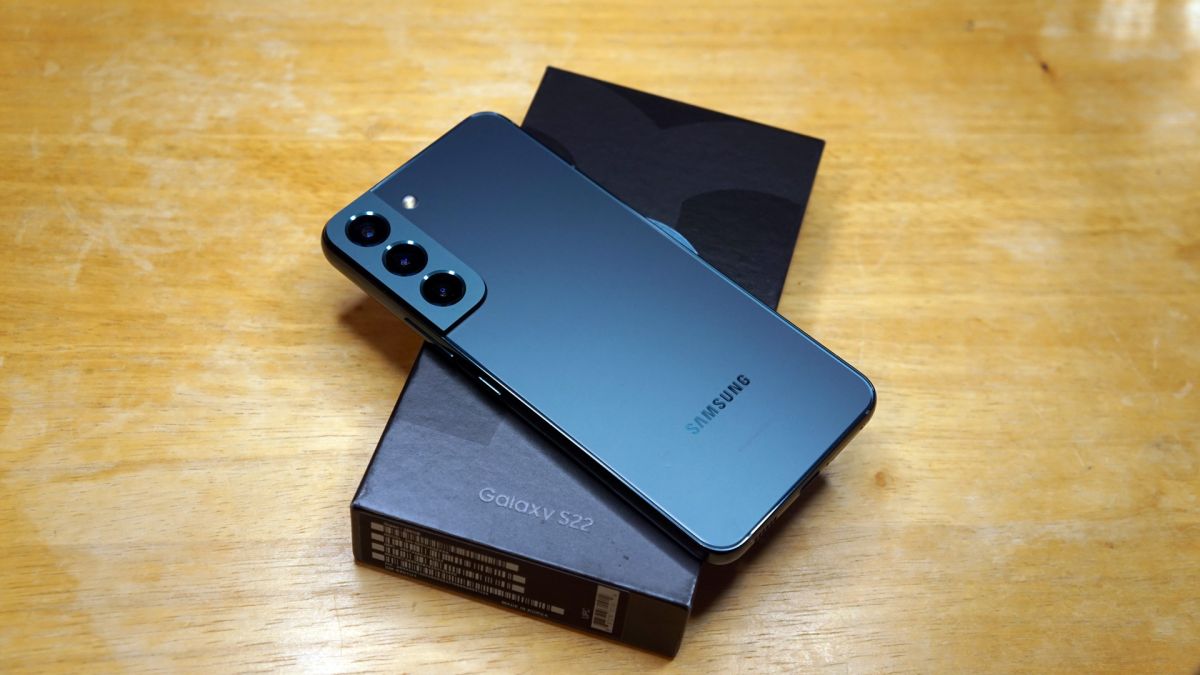
What devices can you buy refurbished?
Thanks to the widespread popularity of buying refurbished, you’ll find tons of the world’s most-loved gadgets for sale in pre-loved condition. This includes smartphones, tablets, laptops, PCs, and TVs. You can take your pick of devices on Android, iOS, Windows, and Apple operating systems, making refurbished a great option if you're buying a smartphone on a budget. It also includes products from major brands like Samsung, Dell, Apple, Lenovo and every brand in between.
There are many generalist retailers, such as John Lewis, Currys & Amazon who can sell you the likes of a refurbished iPhone, iPad or Macbook, but you’ll also find others who deal primarily with specialist equipment like cameras and audio equipment, such as MPB & Fujifilm. There are even markets for refurbished home appliances like washing machines, fridge freezers & dishwashers. Although these haven’t quite achieved the same level of popularity as refurbished phones, laptops and smart devices.
Are refurbished devices good?
The quality of refurbished devices varies more than that of new devices. To accurately assess whether or not you’re getting a good deal, you’ll need to consider several factors, including where you’re buying from, what devices you’re buying, and what condition you’re buying them in.
Refurbished Grades
Condition is best assessed by a device’s grade. Refurbished devices are given grades. These tell consumers how ‘Like New’ a device is so they know what level of quality they can expect. Grades generally range between Grade A and C, with each letter denoting a certain condition:
- Grade A Refurbished: – The device has no signs of cosmetic damage and performed as well as a new device upon testing. The best you can get.
- Grade B Refurbished: – Minor signs of cosmetic damage and/or performance just shy of ‘Like New’ devices. Generally only differs from Grade A in terms of visible but minor damage, such as scuffs or scratches.
- Grade C Refurbished: – Noticeable cosmetic damage or functional issues, such as less-than-ideal battery health, screen irregularities, or heavy dents or scratches on the casing.

Occasionally, you’ll also see Grade D devices. Grade D means that a device is damaged or dysfunctional. These are best for stripping for parts. They are usually sold to tech companies, which reuse their parts for repairs.
It’s important to note that refurbished devices have no standardised grading system. You’ll need to watch out for slightly different systems from seller to seller. Some retailers will use numbers in conjunction with letters to mark different grades. For example, Laptops Direct use the following grades for refurbished devices:
- A1, or ‘As New’
- A2, or ‘Slight Cosmetic Damage’
- A3, or ‘Cosmetic Damage’
What do these grades mean?
A higher number or earlier letter grade generally means a better-quality device, with C being lower than A and/or A3 being lower than A1. Other retailers adopt less formal but somewhat arbitrary grading, such as ‘Good’, ‘Average’, and ‘Poor’. Whichever system retailers use, check how they define each grade before you buy. You should expect lower prices to reflect the poorer condition as the grade gets lower.
On most sites, you will find a dedicated page explaining each grade’s criteria. Occasionally, you can get a link or popup window on each product page that tells you about an item’s condition. For example, the Dell Outlet shows a question mark icon next to the grade of refurbished items. You can click this to read more about what that means for an item’s condition.
Are refurbished devices cheaper?
Just like when buying new devices, older models that have been refurbished will be cheaper than new ones, as tech quickly depreciates in value. However, although you’d expect devices that aren’t new to sell at a lower price, that isn’t always the case. Some businesses sell ‘Like New’ devices for the same price as brand new ones, only giving discounts on those with noticeable signs of wear. Some retailers focus their business on refurbished devices. They’ll sell repaired models at close to or even slightly more than the RRP to cover the cost of repairs.
It’s always best to shop around when buying refurbished devices. When you see a device you’d like to buy, check how much big retailers and smaller stores sell them for new, then compare these prices to refurbished options. You’re also better off shopping for refurbished devices at specific times of year, depending on the device you’re looking for.
Models from brands typically get cheaper when newer models are released or announced. People upgrade, and fresh supplies of older devices are traded in, ready for refurbishing. Keep an eye out for price drops around annual brand events like Apple’s announcements, usually in September. There’s also the yearly Samsung event, which tends to occur towards the end of January or the start of February.
Where can I buy refurbished tech?
There is now a huge global market for refurbished tech. You’ll find second-hand gadgets on offer directly from big tech brands like Apple, Dell, & Lenovo. You’ll find the same at popular multi-channel or tech-specific stores, specialist retailers who focus on particular devices, and hundreds of companies who deal primarily or entirely in ‘re-commerce’.
Depending on the type of refurbished device you’re after, you’ll have a few different avenues you can turn to. Multi-channel retailers like Amazon and John Lewis sell many of the most common devices like smartphones, laptops & tablets in dedicated refurbished sections, as do tech-focused stores like Currys and AO. You can also turn to companies whose main focus is second-hand tech. Retailers like Music Magpie stock and trade many of the most commonly-refurbished gadgets.
If you’re looking for tech products made by specific brands, you’ll be able to find them with general retailers. You can also shop directly with the brand. Turning to HP, Samsung, Philips, and Bose for exclusive manufacturer perks such as extended warranties, free returns or delivery, or even better discounts. When it comes to newer models, such as the iPhone 14, the brands that manufacture them will likely refurbish them first. This can be handy if you want to get your hands on a more modern handset.
eBay is also probably the best place to buy refurbished tech. They offer a one-year guarantee on certified refurbished goods and regularly offer discount codes and
unbeatable deals, which you can use on refurbished items for even more savings. You may also want to check BackMarket and MusicMagpie, some of the top places in the refurbished market that offer a wide selection of tech products. If you're looking to buy a second hand or refurbished product, these sellers perform thorough testing and quality checks and provide warranty coverage so you can shop safely.
How to get cheap refurbished tech
Use a Discount Code: We've already mentioned using a discount code with eBay, but it is one of the best ways to save. From eBay and MusicMagpie to Currys, AO.com and Appliances Direct, websites such as MyVoucherCodes have extensive lists of codes, rewards and deals that may save you extra money when buying affordable electronics. So it is worth checking before you buy something, just in case you could save.
Sign up for newsletters: One of the best tricks to saving money on refurbished tech and other online retailers is signing up for newsletters. Often, a company will offer 10-15% off your first order to get your email signed up. You can sign up for these newsletters, get discounts, and unsubscribe anytime. Although you may get more offers and discounts sent to you if you stay signed up.
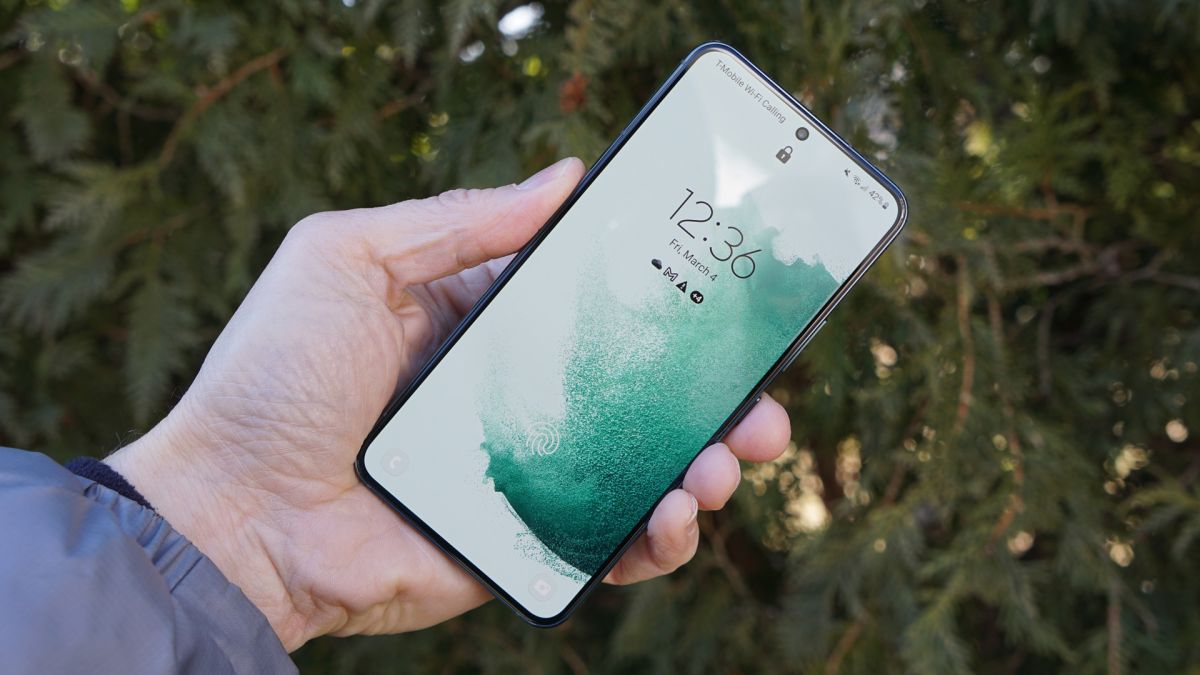
Similarly, you can buy refurbished smartphones or tablets directly from brands such as Samsung or Apple, or you can turn to popular phone stores such as Carphone Warehouse or iD Mobile which sell a range of makes & models and offers options for both unlocked handsets and the latest devices on various mobile contracts. Major networks like EE, Vodafone, and O2 also have dedicated refurbished device sections where you can find both unlocked and SIM-only or contract devices for sale, although you’ll only be able to choose from plans on their network.
The same is true for refurbished laptops. With brands like Dell, HP & Lenovo all boasting refurbished devices on their site, you can search for specific models of theirs. Then you can benefit from longer warranties, exclusive discounts or free returns or delivery. You can also shop with dedicated laptop retailers such as Laptops Direct. They focus on one type of device but a bunch of brands. That way you can compare competitors.
Although less popular than refurbished smart devices, you can still buy restored & repaired home appliances like fridges, ovens, and washing machines. There are also a host of retailers who sell specialist or niche equipment. For example, you can buy refurbished cameras from the likes of Fujifilm & MPB. They use grading systems that are more inclusive of device-specific specifications such as shutter speed & lens quality.
Many of these retailers also offer trade-in services, which let you hand in your old devices to be added to their refurbished stock in exchange for discounts on future purchases. This is a great way to get money back if you have old devices hanging around - we've written a guide to saving money by recycling tech if you want to find out more. Depending on the retailer, it varies whether you get money back as reward points, store credit or cash. For example, Currys offer a voucher code you can redeem on your next purchase as part of their trade-in scheme, whilst Music Magpie’s main USP is the fact they offer to pay in cash.
What should I look for when buying refurbished devices?
Whatever the device, brand, operating system, or seller, there are a few things to look out for when shopping for refurbished tech. Here are our top tips for getting the best deals when buying restored tech.
Look up your specifications
As with any tech purchase, knowing the different specifications of the device you’re after is essential. That way, you’ll know how it will affect prices and whether you’re getting a good deal. Features like larger internal storage capacity, faster processors and better cameras will increase prices. On the flip side, certain older or impaired features will drive prices down, so doing your research is key.
With mobile devices such as smartphones & tablets, battery health, audio, camera condition and the state of the screen are most important. For example, a device with a damaged screen may be mentioned in the item description. If this is the case, you should expect to see a lower price as a result. You can test each of these elements when you've received your device. Check the settings, record a voice note, take a photo of a piece of paper, and view a blank page.
You’ll also want to consider other specs like processing capacity, internal storage, and connectivity features such as headphone ports & Bluetooth. These will drive the price down when they’re broken or missing. Many of these features will also apply to laptops & PCs. With these devices, processors (e.g. i3 versus i5 processors) are given more weight, internal storage options (e.g. size & choice of hard drive or solid-state drive), battery life and graphics cards.
If you’re looking for more specialist equipment, other device-specific features come into play. You’ll want to consider lenses, external storage options like SD cards, and camera grip quality. For audio equipment, you’ll emphasise audio quality, speaker location, and connectivity features such as aux & other inputs.
It’s also worth considering how recent a model you’re looking for and how this interacts with device conditions. Newer models are almost always more expensive than older ones. Often, because they sport added or improved features, an older device in the same condition as its newer counterpart may work out significantly cheaper. For example, a Grade A or ‘Like New’ iPhone 13 may be cheaper than a Grade B iPhone 14. Consider whether you need the latest features or if an older model has enough specs to meet your needs.
Know your refurbished grades
As we mentioned earlier, retailers assign grades to different refurbished devices to signify the items' condition. These systems can be alphabetical, numerical, or a mix of the two. They vary from retailer to retailer. Check how each retailer defines its grades on the product page or a dedicated refurbished grades page.
You should be able to find out what repairs were needed, how much cosmetic damage is visible, and if there were any signs of reduced performance during testing for each grade. Be wary of any sellers that give vague or unclear descriptions. You should also be able to find information on how devices are tested. Occasionally, you can get information on who restored & tested the device, too. This can help you determine the quality you can expect from your purchase. For example, the same team that performs in-store repairs at the Genius bar has restored refurbished Apple gadgets. This means the quality you’ll get will match Apple's repairs on a new device, so you’ll get your money's worth.
Check your prices
Whenever you buy a refurbished device, you’ll want to check how much that model sells for new. Check with major retailers and smaller sellers and directly from the manufacturer. If you can find an RRP (recommended retail price), use this as a benchmark against which to measure. Next, search for the same device offered refurbished, and keep a close eye on price differences between new items and refurbished ones of different grades.
Shopping around for the same device from different retailers will give you a better sense of where the best deals are. Some retailers might sell new devices at a low price compared to the RRP or other retailers but hardly offer a saving on their refurbished stock or even sell their ‘like-new’ stock for the same price. Meanwhile, other retailers might sell their new devices at a high price but offer more savings on different refurbished grades. This can nab you a significant discount if you’re happy to buy a device with minor cosmetic damage.
Avoid sold as seen
Many refurbished devices will come with a warranty which will cover you against technical faults or malfunction. This is vital when purchasing refurbished tech because by their nature they have been repaired from less-than-new condition. Avoid refurbished devices that are marked ‘sold as seen’. If you aren’t covered for a bad repair going wrong, you might not get your money’s worth from your device. You may end up forking out for a replacement in no time at all.
Thankfully, most retailers understand this and tend to offer at least a year’s warranty on refurbished products. Then you can avoid gambling on an item that may or may not work because of a lower price tag. It’s always best to avoid any retailer that sells devices without some form of warranty. This brings into question the quality they’re offering. You should also shop around to see what kind of warranty different retailers offer. You might find the same deal on the same device with a warranty that covers you from faults for longer.
Check the return policy
Like a warranty, a return policy protects you from ‘sold as seen’ scenarios and gives you more peace of mind about your purchase. However, where warranties focus on technical faults, returns protect you from receiving your device, not getting what you expected, and ending up stuck with it.
Returns policies give you a specific window to send goods back to the retailer if anything is wrong with them. You can often choose a refund or an exchange for a like-for-like product. You can send goods back for many reasons. If you’ve received the wrong product, your item has been damaged in transit, it’s faulty, or you can return it if you don’t use it. Under the Consumer Rights Act 2015, you legally have 14 days to return an item. Many retailers offer more extended return periods lasting anywhere between 2 weeks to up to a year.
Some retailers offer returns free of charge. Associated costs covered by the company via Freepost or the provision of collection or pre-paid returns labels. However, returns are not always accessible. Especially if you order more expensive items that must be delivered via insured. As such, you should check the length & conditions of a return period before you make your purchase and check for any return fees. Where applicable, fees are usually deducted from refund totals or charged to the debit or credit card used to make your purchase.
It’s not uncommon for return periods to be different lengths depending on whether the item is faulty or damaged or if you’re just unhappy with it. Some retailers also differentiate between the period in which you can request a refund and an exchange, meaning you’ll need to decide quickly if you’re considering asking for your money back. Be sure to check the specifics of an item’s return policy before you place your order so you know what to expect.
When returning, consider how long it will take to send an item back and the cost. It’s not always worth buying a device for less from one retailer if you’ll have to pay a large sum to send it back should something go wrong or if another retailer gives you more flexibility if you don’t get on with the device as well as you’d anticipated.
Refurbished devices: not so scary after all!
As you can see, there’s a lot to consider when getting the best deal when buying refurbished devices. You’ll want to weigh up what device you’re looking for, what condition you’re buying it in, how much the same device sells for in different conditions and with different retailers, and the warranties and return policies each of those retailers offers.
However, it doesn’t have to be a daunting task, and despite the multitude of factors at play, buying refurbished can be a great way to save money on your next tech purchase whilst also producing a smaller carbon footprint. If you stay open to different options on the market and keep the critical factors in mind as you shop, you’ll maximise your chances of bagging a bargain. Just be warned – once you’ve seen the other side, you may love it so much you never want to buy new again.
I’m Harry, the tech editor, and I started working at MyVoucherCodes in March 2022. When I’m not writing about retailers, I spend my time listening to music and podcasts, playing guitar in a band and writing music reviews. I’m also a fan of long walks, reading new books, kicking back in front of the Xbox and discovering new places.
-
 Is G2A Legit And Trustworthy?
Is G2A Legit And Trustworthy?Gaming With digital gaming more prominent than ever, new websites pop up every day to purchase video games. This comes with a few negatives, with the biggest concern on the minds of every gamer being, “Am I being scammed?”. Is G2A trustworthy? Is G2A legit? We answer all your questions below.
By Matthew Maidment
-
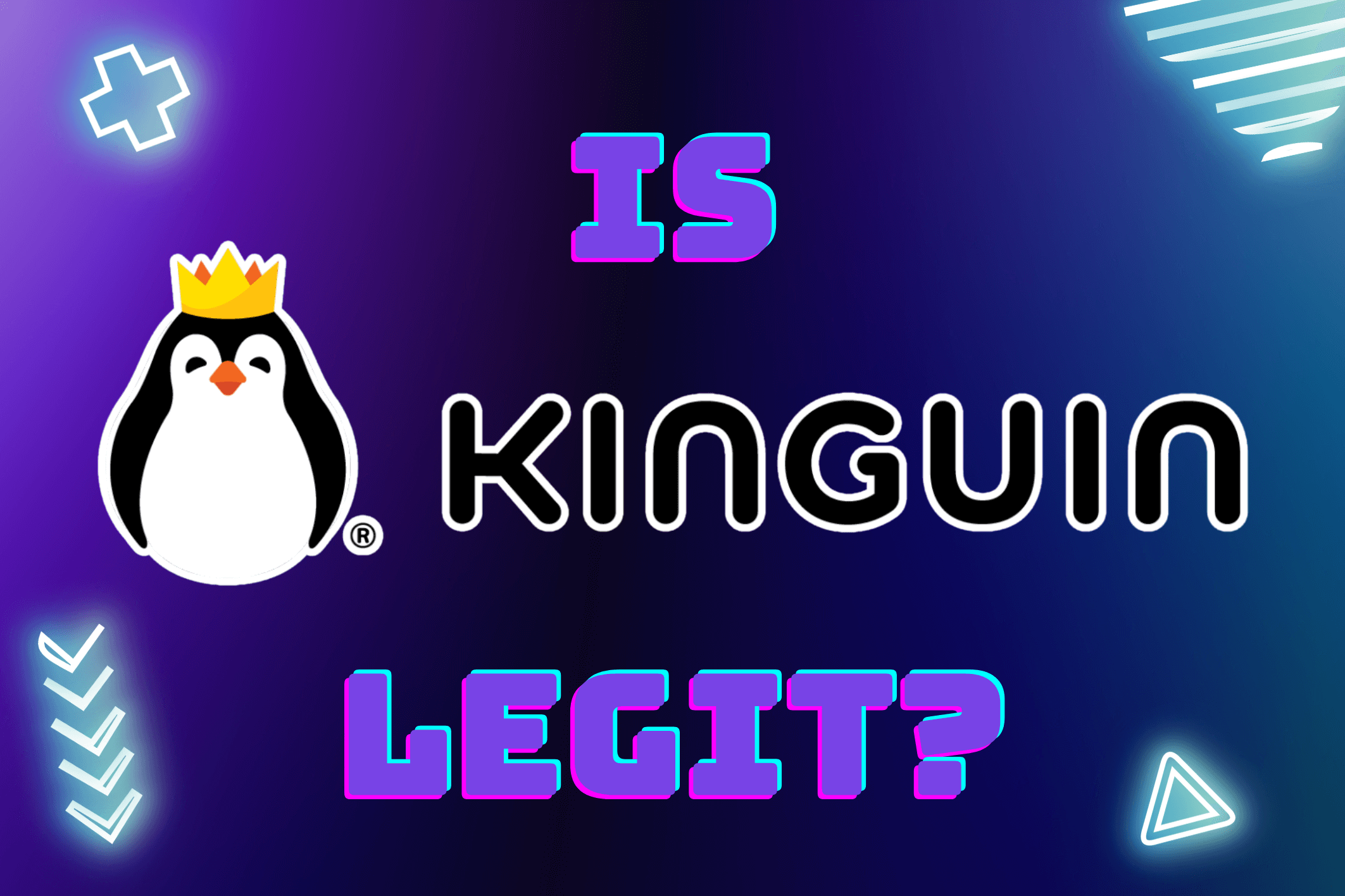 Is Kinguin Legit And Safe To Use?
Is Kinguin Legit And Safe To Use?Gaming Whether you’re a seasoned gamer or a newbie to the scene, chances are you’ve heard of sites like CDKeys and G2A but have you heard of Kinguin? Kinguin is the perfect alternative to other key reseller sites but is it safe to use? We answer this question below.
By Matthew Maidment
-
 Which Gaming Subscriptions Are Worth It And Which To Skip
Which Gaming Subscriptions Are Worth It And Which To SkipGaming From Xbox Game Pass to EA Play, we'll tell you the best gaming subscriptions worth the asking price and which ones to skip entirely.
By Matthew Maidment
-
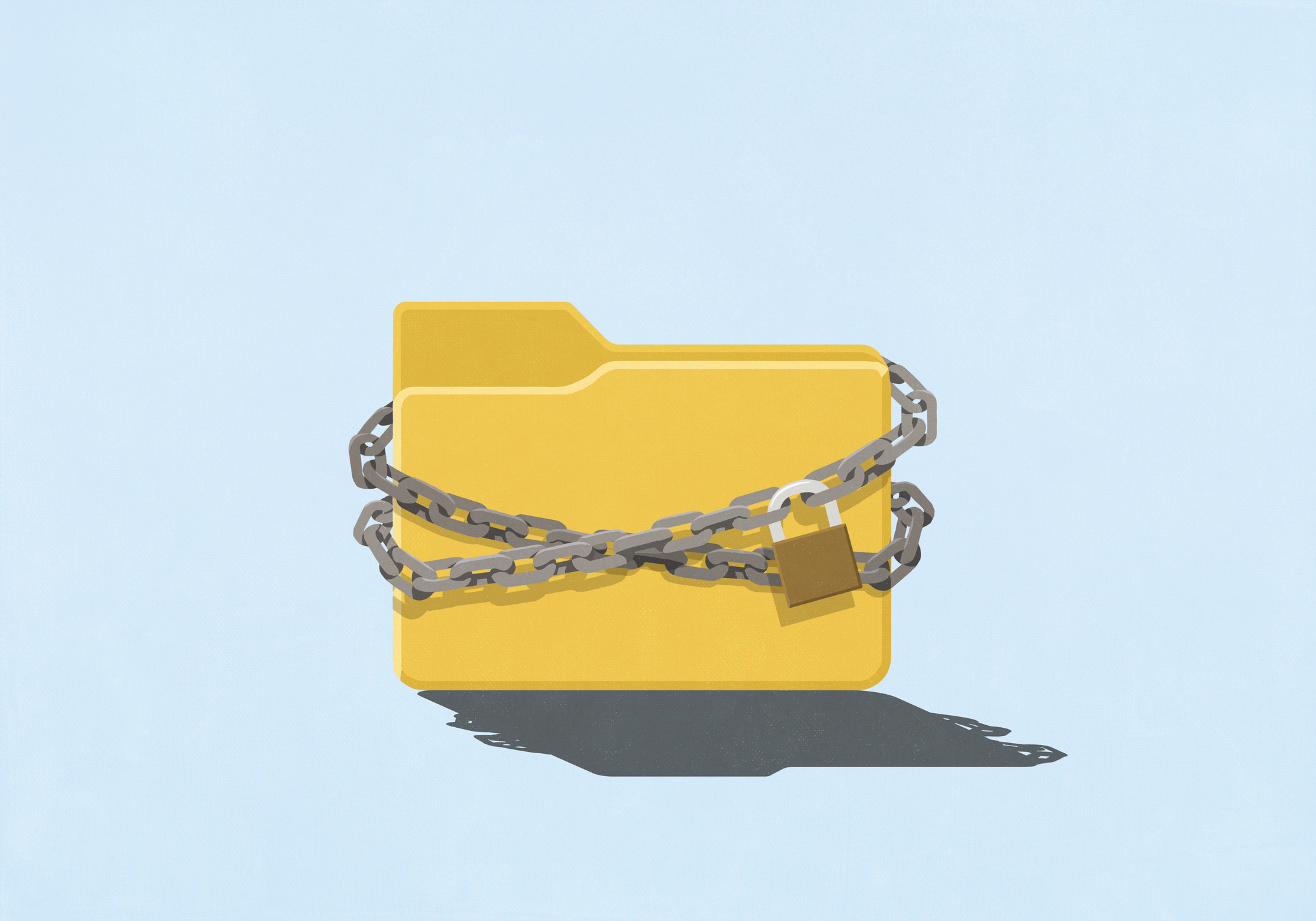 The 5 Best Affordable Antivirus in 2025
The 5 Best Affordable Antivirus in 2025Tech We list the best affordable Antivirus in 2025 to keep your devices safe and secure on the web.
By Nathan Walters
-
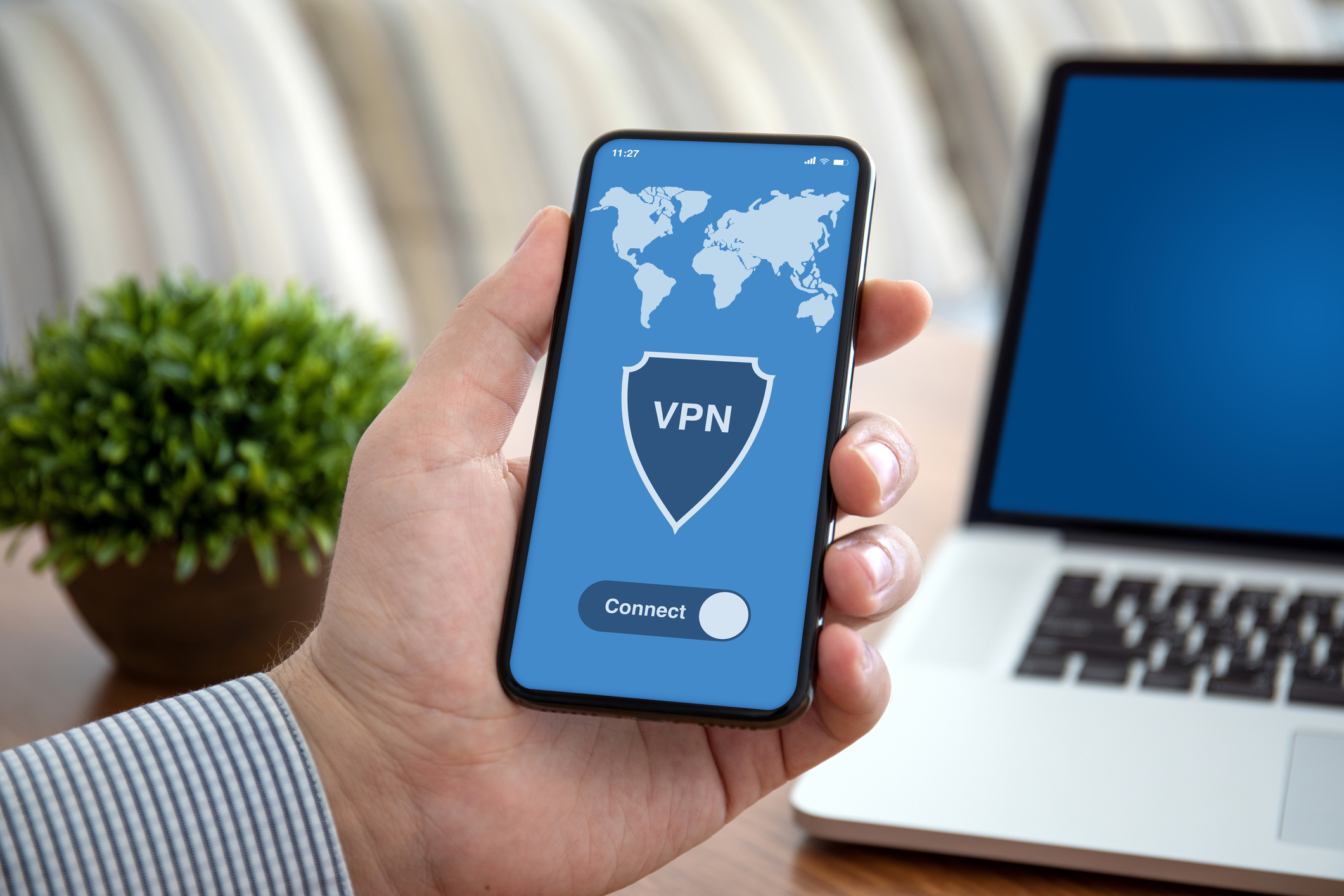 The 8 Best Affordable VPNs in 2025
The 8 Best Affordable VPNs in 2025Tech In honour of Data Privacy Day, we list the best affordable VPNs in 2025 to help you stay protected while connected.
By Nathan Walters
-
 Our Top 20 Christmas Movies and Where to Watch Them
Our Top 20 Christmas Movies and Where to Watch ThemChristmas We list our top 20 Christmas movies and where you can stream or rent them online this festive season.
By Nathan Walters
-
 Top 14 Tech Christmas Gifts for Gadget Lovers
Top 14 Tech Christmas Gifts for Gadget LoversChristmas From desktop gadgets and webcams to smart home devices and headphones, we list some of my favourite Tech Christmas Gifts for Gadget Lovers.
By Nathan Walters
-
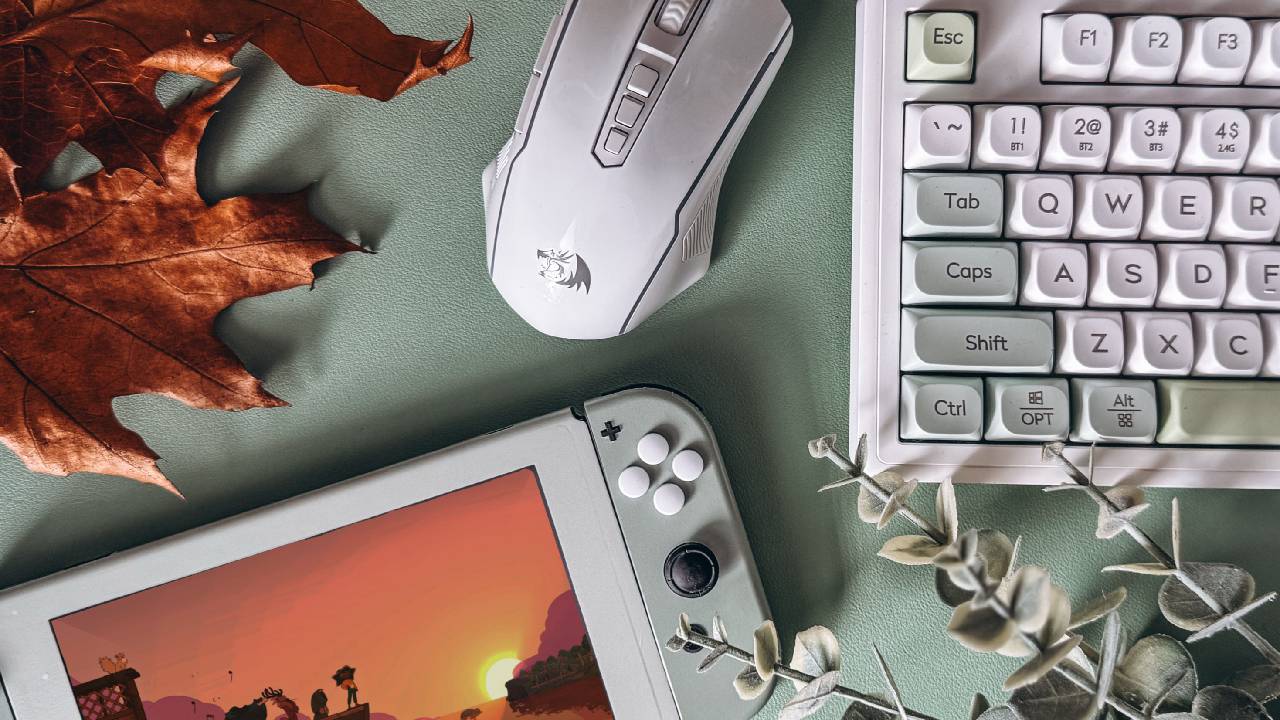 Issie’s Ultimate Black Friday Tech Deals Guide
Issie’s Ultimate Black Friday Tech Deals GuideBlack Friday Cut the chaos this Black Friday - here are my handpicked tech bargains, with quick links to make your shopping easier than ever!
By Issie Nelson